Ruby on Rails

Ruby on Rails: Open-Source Web Framework for Rapid Development
Ruby on Rails is an open-source web application framework written in the Ruby programming language. It follows an MVC architecture and aims to optimize programmer happiness and productivity. Rails emphasizes conventions over configuration and favors rapid prototyping.
What is Ruby on Rails?
Ruby on Rails, or simply Rails, is a popular open source web application framework written in the Ruby programming language. It is designed to make programming web applications easier by making assumptions about what every developer needs to get started. It allows developers to write less code while accomplishing more than many other languages and frameworks.
Rails follows the model-view-controller (MVC) architectural pattern. It provides default structures for databases, web services, and web pages. This allows a developer to focus on writing application logic instead of reinventing the infrastructure needed for development from scratch.
Some key advantages and principles of Ruby on Rails include:
- Convention over configuration - Rails makes assumptions about what most developers need to get started and favors convention over configuration.
- Don't repeat yourself (DRY) - DRY coding principles to avoid duplication.
- MVC architecture - Well-defined structure separating domains of logic.
- ActiveRecord - Object-relational mapping for working with database models easily.
- Scaffolding - Quickly generate code needed for common tasks like create, read update and delete operations.
Rails emphasizes rapid prototyping and iteration in an agile development process. It streamlines web development which allows startups and mature businesses alike to create high quality web applications very quickly.
Ruby on Rails Features
Features
- MVC architecture
- Active Record for interacting with databases
- Action Pack for routing and controllers
- Action View for templates and views
- Active Job for background processing
- Active Storage for file uploads
- Active Mailer for sending emails
Pricing
- Open Source
Pros
Cons
Official Links
Reviews & Ratings
Login to ReviewThe Best Ruby on Rails Alternatives
Top Development and Web Application Frameworks and other similar apps like Ruby on Rails
Here are some alternatives to Ruby on Rails:
Suggest an alternative ❐Silex
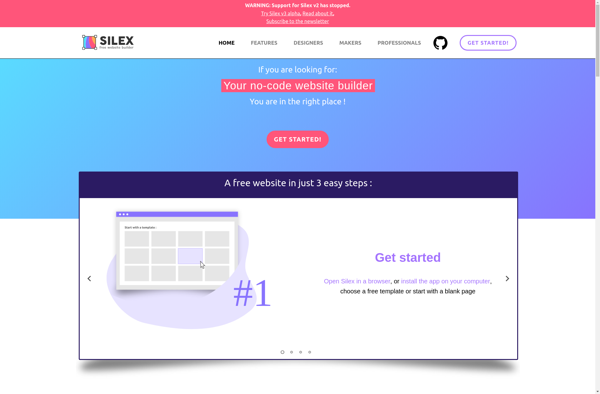
Koa

Portofino
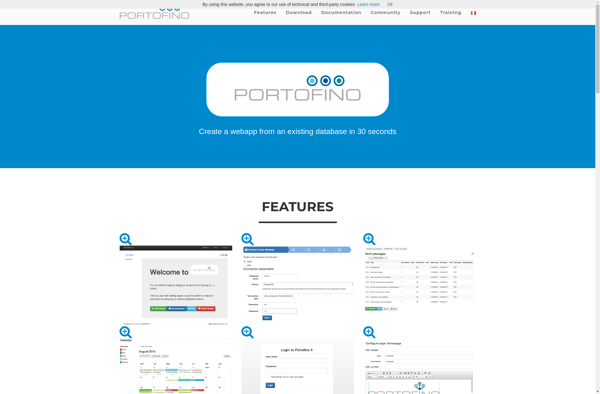
Zend Framework

Symfony

Meteor

Axelor

ASP.NET MVC
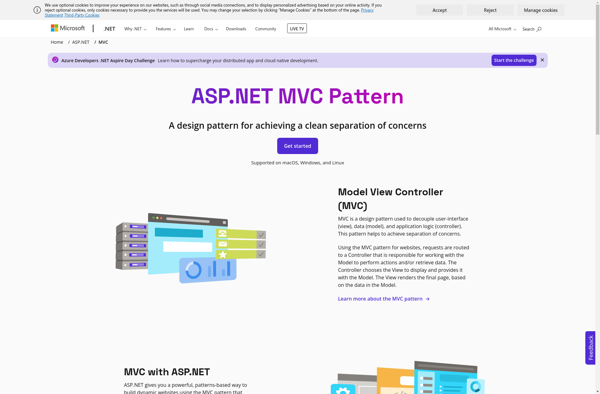
Wakanda
Telosys
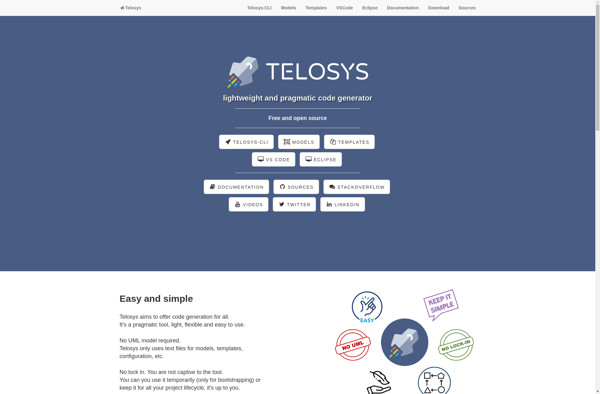
Web2py
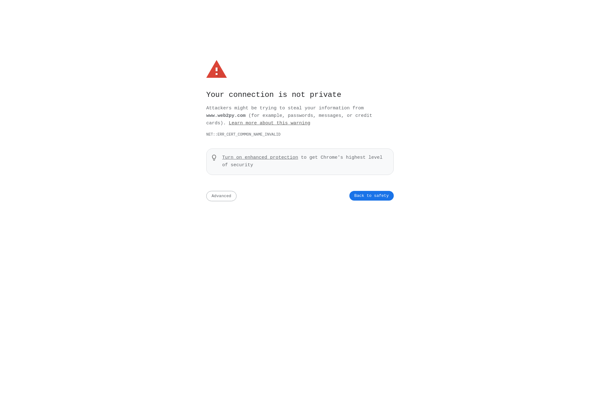
Yii Framework

Grails

Agile Toolkit

CakePHP

ViUR.is
Apache Struts
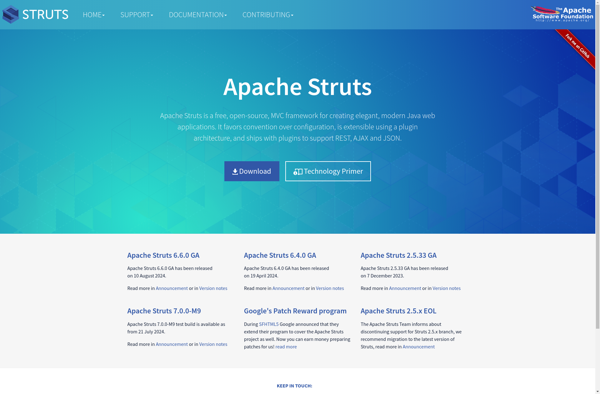
Pedestal
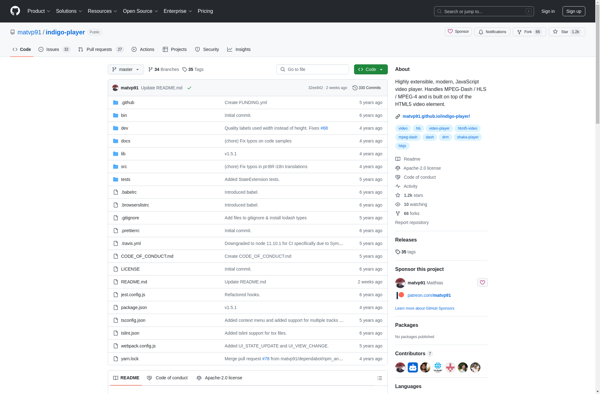
Koseven
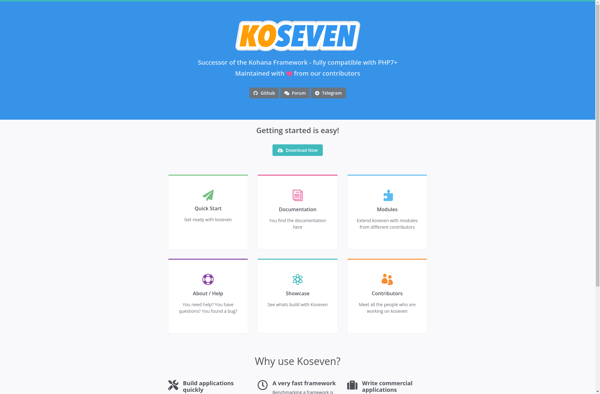
Kohana

K2F
Phunction
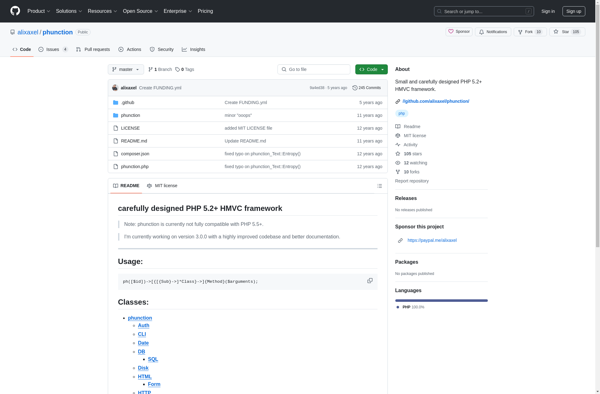
Sinatra
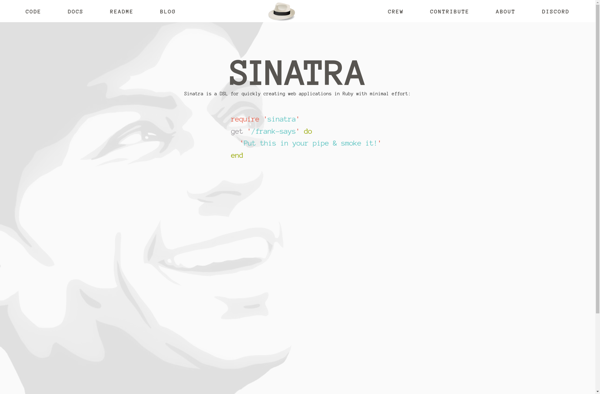
TomP2P
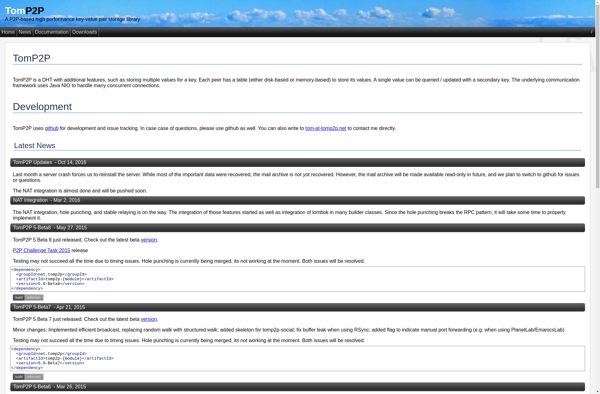
Pylons Framework
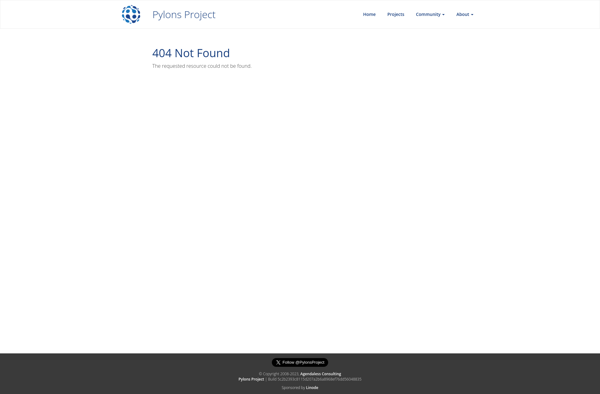
Jmix

Akelos
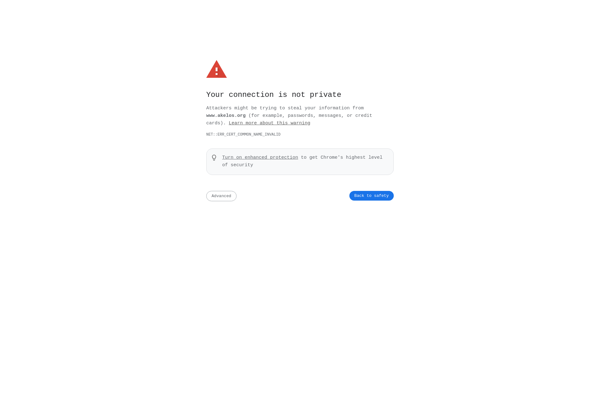
TurboGears
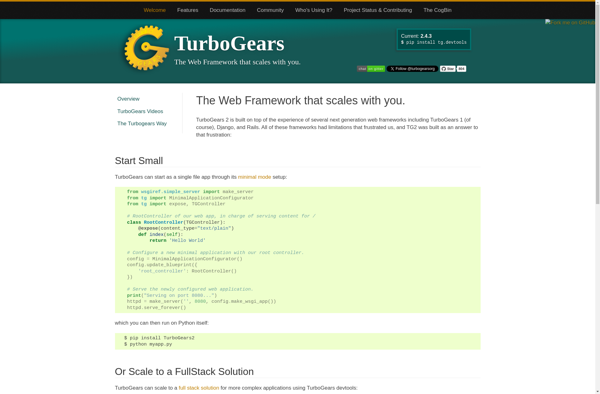
Buffalo

Qcodo
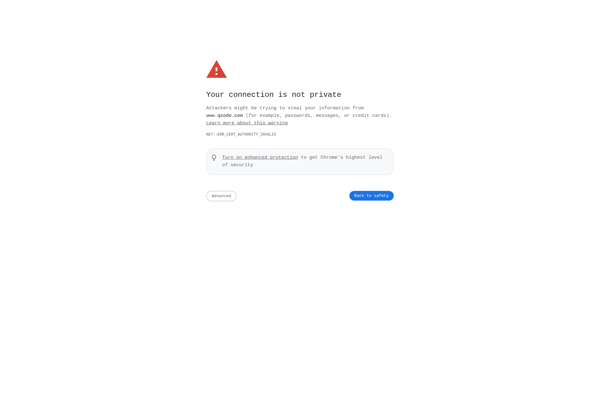
Bitweaver
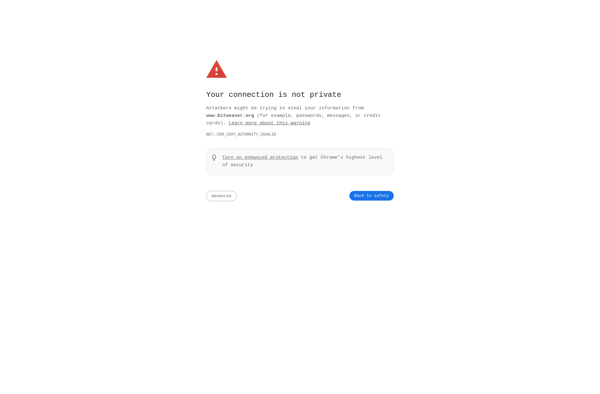
Play Framework
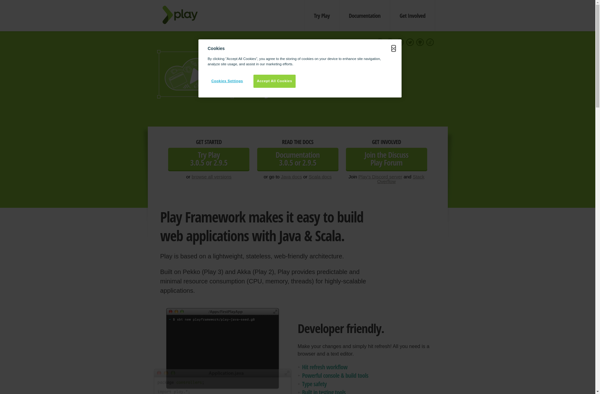
Willer Framework
Luvit
